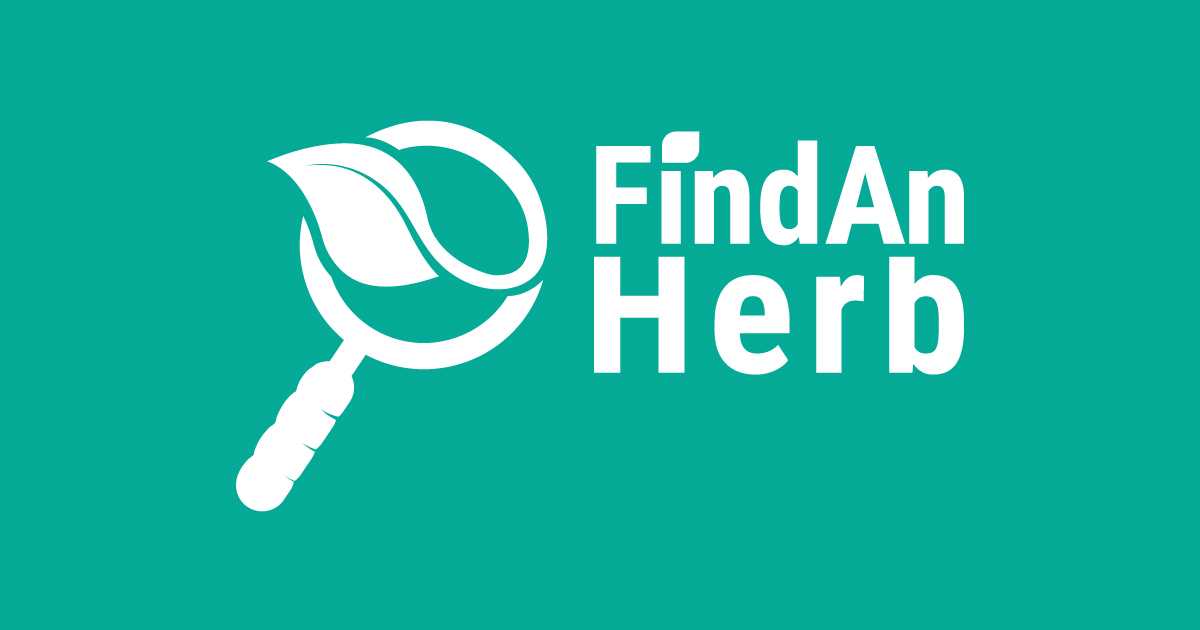


Chinese Angelica is the primary tonic herb used in China to treat various ailments that affect women. Millions of women use it daily as an energizing tonic to help control menstruation and tone the blood. Additionally, it enhances circulation. The ideal way to consume Chinese Angelica as a blood tonic is through cooking, which is frequently used in China. It has a unique sweet smell. Research conducted in China in the 1970s revealed that the herb aids in regulating uterine contractions, which might account for its usefulness in treating period discomfort. The root has been proven to thin the blood and restore normal heart function. As a result, it might react with anticoagulant medications.
Read more...
Habitat & Cultivation
Chinese Angelica is now grown in Japan and China, where it is native. The Chinese province of Gansu has the best rhizomes. Rhizomes are harvested in the autumn after the seed has been sowed in the spring.
Uses
Blood Tonic Blood tonic Known in China as a tonic, Chinese Angelica is used to treating anaemia, "deficient blood" problems, and the indications of anaemia brought on by blood loss, such as palpitations, decreased vigor, and pale complexion.
Women's Health Chinese Angelica is a fantastic tonic for women who have menstrual periods and run the danger of becoming anemic since it controls the menstrual cycle and eases cramping and period discomfort. But, other tonic herbs, like nettle, are ideally used for menstruation if the flow is high since it increases menstrual bleeding. In addition, it aids infertility and functions as a uterine tonic.
Circulation Chinese Angelica is a "warming" herb that promotes better blood flow to the hands, feet, and abdomen. It improves digestion as well as is effective in the treatment of boils and abscesses.
Parts used
Rhizome is preferred for its therapeutic benefits and is frequently utilized in cooking.
Key Actions
Promotes menstrual flow
Thins blood
Tonic
Antispasmodic
Anti-inflammatory
Constituents
Ferulic Acid
Volatile oil (carvacrol, sesquiterpenes, liqustilide)
Phytosterols
Coumarins
Polyacetylenes
View References
References
- Chevallier, Andrew, FNIMH; Encyclopedia of Herbal Medicine - 550 Herbs and Remedies for Common Ailments; 3. Edition 2016; ISBN: 978-0-2412-2944-6; Page 63.
No Remedies found containing Chinese Angelica
Products with Chinese Angelica
No reviews found for Chinese Angelica
1 star
0%
2 star
0%
3 star
0%
4 star
0%
5 star
0%
Help others by leaving a review
Share your experience with this herb to help other people